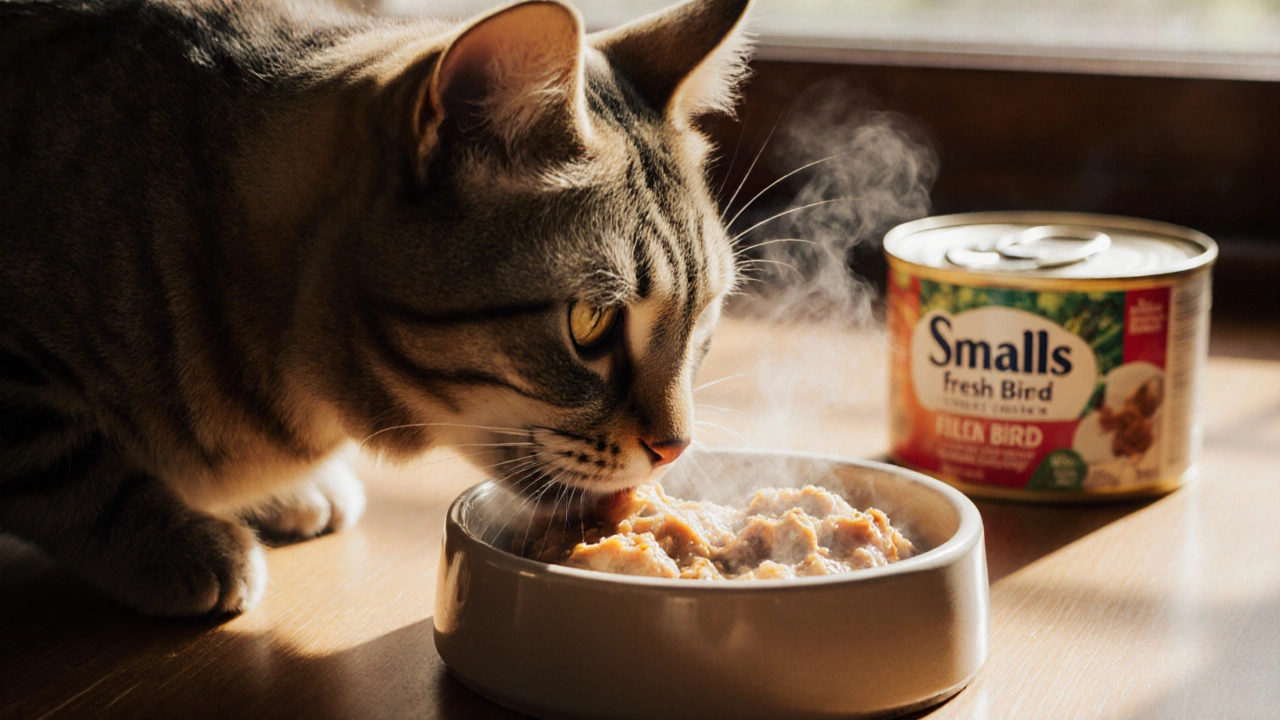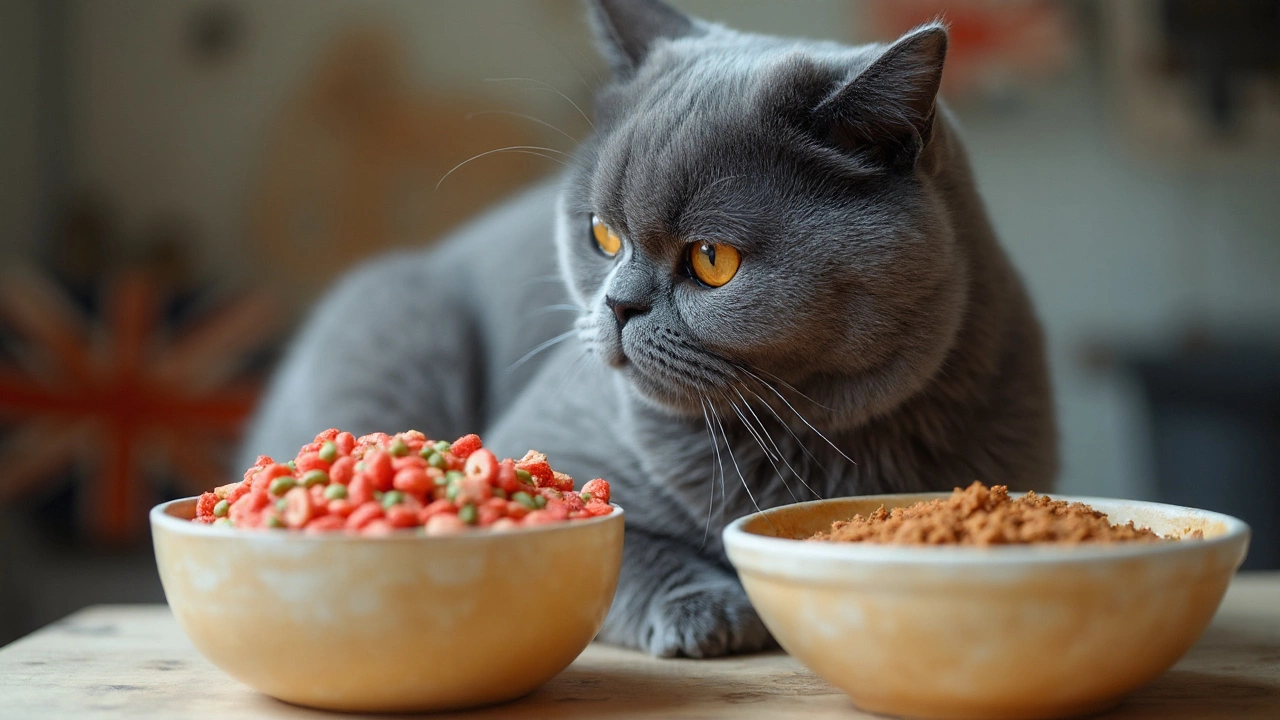Cat Food Ingredients: A Simple Guide for Your Kitty
Ever stared at a cat food bag and felt lost? You’re not alone. The ingredient list can look like a grocery receipt, but decoding it doesn’t have to be a headache. Below you’ll find the basics you need to pick food that keeps your cat thriving.
Decoding the Label
First thing to check is the order of ingredients. The ingredient that appears first is the one the manufacturer used the most of. For a meat‑loving cat, the first item should be a named protein – things like "chicken," "turkey," or "salmon." If you see vague terms like "meat meal" or "animal digest" at the top, the protein quality may be questionable.
Next, look for moisture content. Wet foods usually list a percentage of water, which helps with hydration. Dry kibble is low in moisture, so you’ll need to make sure your cat drinks enough water throughout the day.
Pay attention to the guaranteed analysis – the percentages of protein, fat, fiber, and moisture. Cats need high protein (30% or more) and moderate fat (around 10‑15%). Too much fiber can dilute the nutrient density you want.
Good vs. Bad Ingredients
High‑quality protein is the star of the show. Real meat, fish, or poultry provides the amino acids cats can’t make themselves, especially taurine. Taurine is an essential nutrient for heart and eye health, so make sure it’s listed near the top or highlighted in the claims.
Carbohydrate fillers like corn, wheat, or soy are often added to bulk up the kibble. While a small amount is okay, they shouldn’t dominate the list. Cats are obligate carnivores – they don’t need a lot of carbs.
Preservatives are another red flag. Natural options like mixed tocopherols (vitamin E) or vitamin C are safer than synthetic chemicals such as BHA, BHT, or ethoxyquin. If the label lists only natural preservatives, you’re in better shape.
Artificial colors and flavors may make the food look appealing, but they add no nutritional value and can cause sensitivities. Look for products that say "no artificial colors or flavors."
Lastly, consider any added supplements. Omega‑3 fatty acids from fish oil support skin and coat health, while glucosamine can aid joint function. These extras are a bonus when the core ingredients are solid.
When you’re comparing two brands, weigh the ingredient list against your cat’s specific needs. A senior cat may benefit from extra joint support, while an active kitten needs more protein and calories. Tailor your choice, not just the price.
Got a puzzling ingredient like "brewer’s yeast" or "l-carnitine"? A quick online search or a chat with your vet can clear it up. Knowing why an additive is there helps you trust what you feed.
In short, aim for a short, clear ingredient list with named animal protein first, minimal fillers, natural preservatives, and essential nutrients like taurine. That simple formula leads to a healthier, happier cat.
Posted By Bryndle Redding On 20 Nov 2025 Comments (0)
What Is the Healthiest Wet Food for Cats? Expert Guide to Choosing the Best Option
Discover the healthiest wet food for cats based on real nutrition science. Learn what ingredients to look for, which brands deliver real value, and how to switch safely for better long-term health.
READ MOREPosted By Bryndle Redding On 5 Aug 2025 Comments (0)
Hidden Dangers in Dry Cat Food: What Ingredients to Avoid for Your Cat's Health
Learn what harmful ingredients lurk in dry cat food. Find out which additives and fillers to watch for and how to choose healthier options for your cat.
READ MORE
